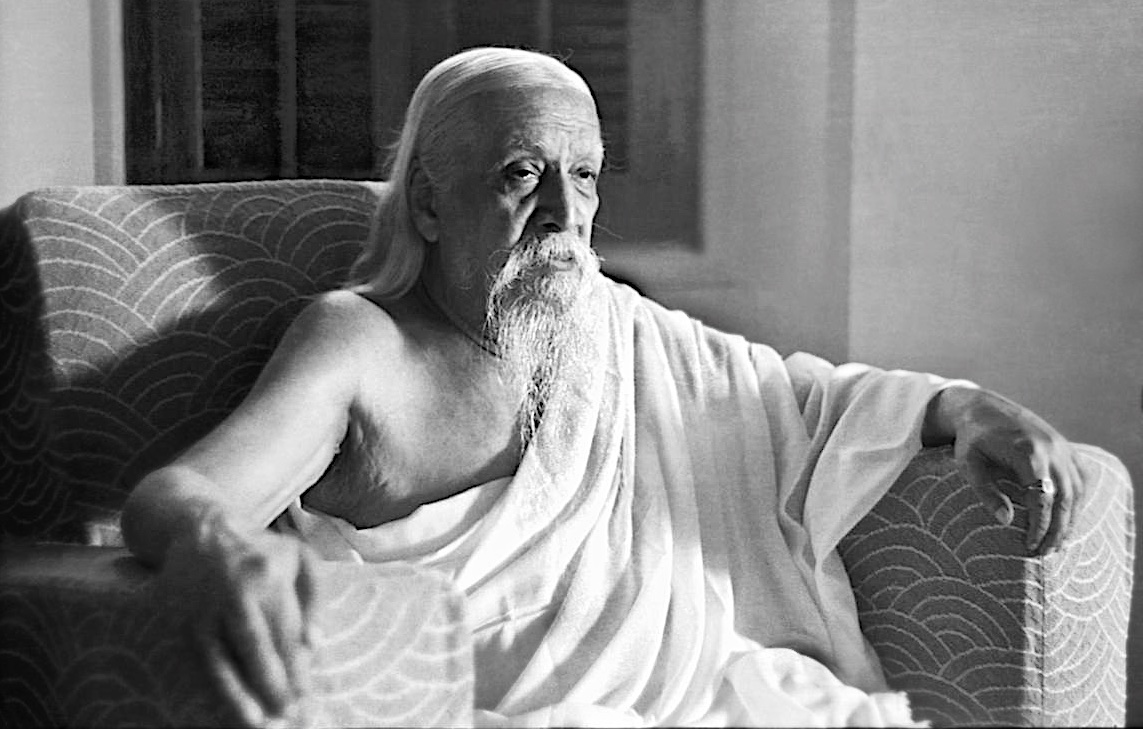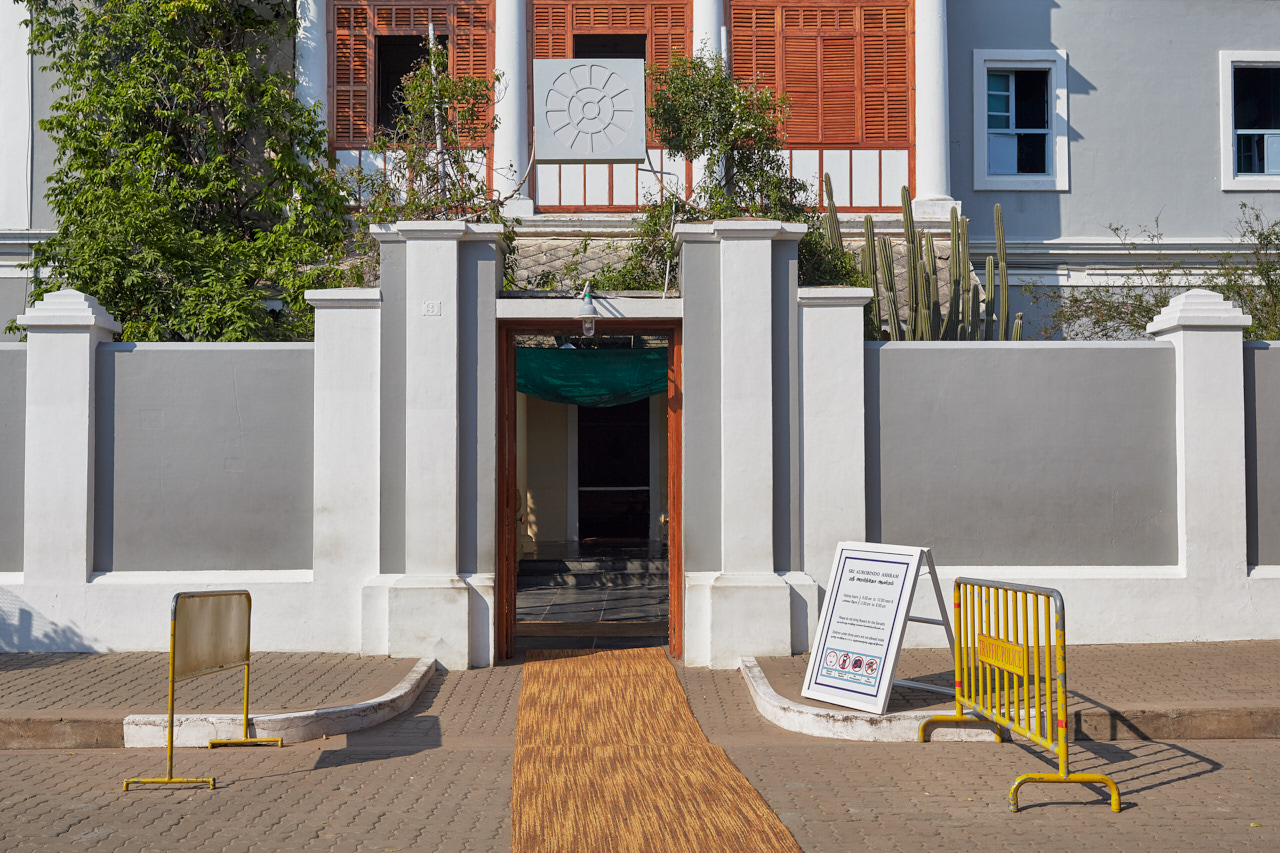AUROBINDO ASHRAM
Founded in 1926, the Sri Aurobindo Ashram has grown, under the Mother's guidance, from a small group of two dozen disciples into a large and diverse community of almost 1600 members. Counting the 400 students of the Centre of Education and the hundreds of devotees who live nearby, the larger ashram community consists of more than 2000 people.
The Ashram is located in the eastern part of Pondicherry. Inmates live and work in a number of buildings spread throughout the area. The focus of community life is the Ashram main building, usually called simply "the Ashram", which consists of an interconnected block of houses, including those in which Sri Aurobindo and the Mother lived for most of their lives. At its centre, in a tree-shaded courtyard, lies the Samadhi, a white marble shrine where their bodies are laid to rest.
The Ashram is administered by the Sri Aurobindo Ashram Trust, a public charitable trust formed by the Mother in 1955. This trust is managed by a board of five trustees.
 Sri Aurobindo was born in Calcutta on 15 August 1872. At the age of seven he was taken to England for education. There he studied at St. Paul's School, London, and at King's College, Cambridge. Returning to India in 1893, he worked for the next thirteen years in the Princely State of Baroda in the service of the Maharaja and as a professor in Baroda College. During this period he also joined a revolutionary society and took a leading role in secret preparations for an uprising against the British Government in India.
Sri Aurobindo was born in Calcutta on 15 August 1872. At the age of seven he was taken to England for education. There he studied at St. Paul's School, London, and at King's College, Cambridge. Returning to India in 1893, he worked for the next thirteen years in the Princely State of Baroda in the service of the Maharaja and as a professor in Baroda College. During this period he also joined a revolutionary society and took a leading role in secret preparations for an uprising against the British Government in India.
In 1906, soon after the Partition of Bengal, Sri Aurobindo quit his post in Baroda and went to Calcutta, where he soon became one of the leaders of the Nationalist movement. He was the first political leader in India to openly put forward, in his newspaper Bande Mataram, the idea of complete independence for the country. Prosecuted twice for sedition and once for conspiracy, he was released each time for lack of evidence.
